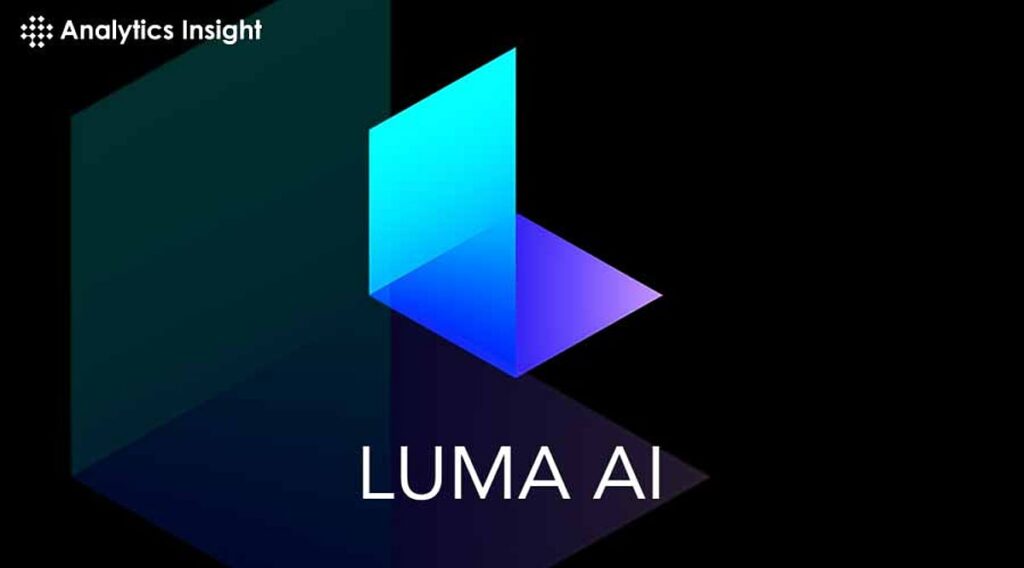In the evolving landscape of artificial intelligence, leaders of small and medium-sized businesses (SMBs) and automation specialists must understand the strengths and weaknesses of various AI platforms to make informed decisions that align with their operational goals.
Sora AI and Luma AI, while serving different niches within the AI ecosystem, provide critical insights into the selection process for technology-driven solutions. Sora AI excels primarily in natural language processing (NLP), making it a vital tool for industries that rely heavily on language comprehension and processing. Businesses operating in customer support, marketing, and international relations find Sora’s capabilities particularly advantageous due to its ability to enhance communication efficiency and sentiment analysis.
When considering Sora AI, one should account for its scalability and return on investment (ROI). The platform is designed to integrate seamlessly within existing workflows, which reduces the time needed for implementation. However, organizations must also weigh the ongoing costs associated with subscription fees and potential data management expenses. A projected ROI can be substantial in settings that prioritize clear, intelligent communication.
On the other hand, Luma AI specializes in image and video interpretation through advanced computer vision techniques. For businesses that rely extensively on visual data to drive their operations or marketing strategies, this platform offers revolutionary capabilities. Luma AI not only facilitates the analysis of visual information but also empowers organizations to derive actionable insights that can enhance decision-making processes.
The selection of Luma AI could be particularly beneficial for organizations seeking innovation in visual data utilization. However, as with any specialized tool, the costs associated with Luma may be higher due to the sophisticated technology it employs. Thus, understanding the long-term benefits versus the upfront investment is crucial for assessing its potential ROI.
A comparative evaluation of Luma AI with Kling AI—an emerging player in the same space—provides further insights for SMB leaders. Kling AI has garnered attention for its focus on video creation, employing advanced diffusion technology and transformer models to deliver impressive results. For organizations prioritizing realism and coherence in their video outputs, Kling AI could be the preferred choice. It is particularly advantageous for projects that require more extended video formats, as it supports the creation of videos surpassing two minutes in length.
When assessing ease of use, Luma AI stands out with its user-friendly interface, making it accessible even to those who may not have extensive technical backgrounds. This simplicity can significantly expedite the adoption timeline, which can be critical for organizations looking to implement AI solutions rapidly. However, Kling AI’s offerings might appeal more to technical users who prioritize control over customization and intricate edits.
As SMB leaders weighing the potential of these platforms, one must also consider the impact on operational productivity and team dynamics. Both Sora AI and Luma AI offer distinct advantages, but the choice would ultimately depend on the organization’s specific needs. Firms leaning towards language-heavy tasks may find Sora AI indispensable, while those focused on enhancing their visual content capabilities might discover Luma AI or even Kling AI more aligned with their objectives.
Another essential aspect to consider is the scalability of these tools. Sora AI has demonstrated robust scalability, allowing businesses to adapt its use as they grow. In contrast, both Luma AI and Kling AI provide reliable performance with a focus on creative endeavors, catering to an evolving marketplace driven by visual consumption.
In conclusion, the decision to implement Sora AI, Luma AI, or Kling AI should hinge on a thorough examination of each platform’s strengths, weaknesses, and overall fit within the organization’s strategic framework. Assessing various factors, including costs, user experience, and integration capabilities, will help SMB leaders make evidence-based decisions that foster growth and efficiency.
FlowMind AI Insight: As AI technology continues to advance, it is critical for SMBs to remain responsive to the capabilities of various platforms. The right tools can not only enhance operational efficiency but also drive innovative solutions tailored to unique business needs. Prioritizing a strategic evaluation of AI tools will ensure sustained competitive advantage in an increasingly automated landscape.
Original article: Read here
2024-09-16 07:00:00

